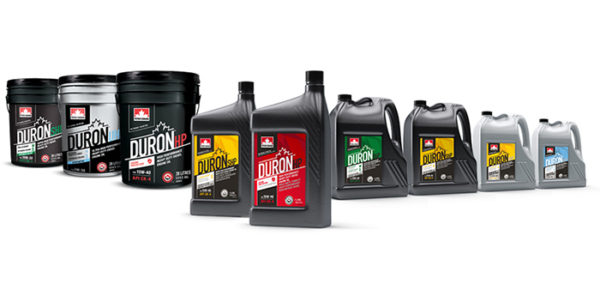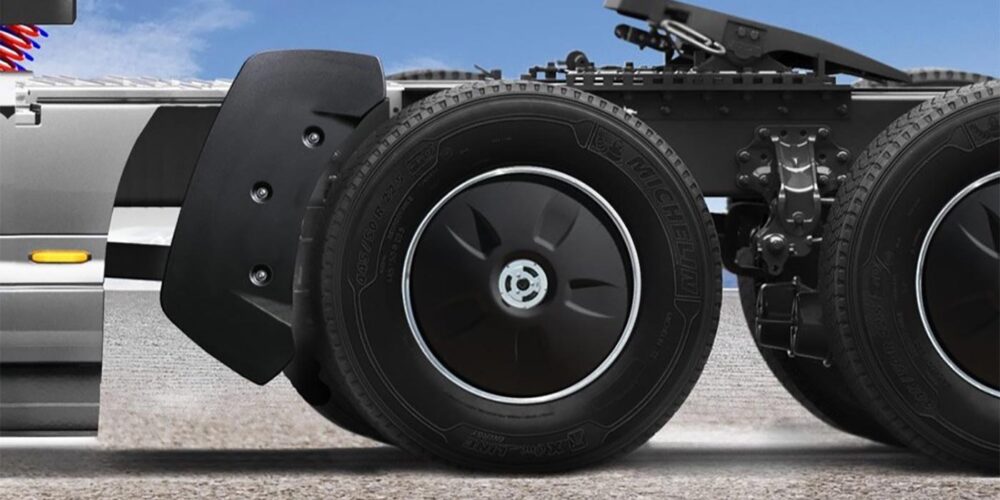It has been nine months since the launch of API CK-4 and FA-4 heavy-duty diesel engine oils. Widely considered to be the biggest specification overhaul in the history of the North American heavy-duty lubricant market, the introduction of the new categories was driven by environmental regulations, announced in 2010 by the National Highway Traffic Safety Administration (NHTSA), designed to reduce greenhouse gas (GHG) emissions.
Original Equipment Manufacturers (OEMs) are also responding to the increasing demand for more advanced and fuel efficient engine designs. API CK-4 and FA-4 oils have been specifically developed to offer these new, modern engines better protection through improved oxidation stability, resistance to aeration and better shear stability, as compared to their API CJ-4 predecessors.
How has the market responded to the launch of API CK-4 and FA-4 oils? And what do fleet owners who haven’t yet transitioned need to know about the how the new categories can benefit their operations?
The first nine months
At Petro-Canada Lubricants, the introduction of our Duron Next Generation product line has been a game-changer—the result of considerable expertise, years of research and development, and real world field testing in the toughest conditions both on and off the road. Duron Next Generation is the most durable and high performing product we have ever made.
Since the launch, we have helped our customers make a smooth transition from API CJ-4 to CK-4, with no or minimal disruption to their business operations. We believe this is testament to the preparation, education, communication and planning that took place in the lead-up to the launch. The customer response has been very positive from both a management of change perspective and product performance. Fleet managers and owner-operators alike are seeing benefits such as extended drains and better engine protection as a result of the transition to our Duron CK-4 oils.
Performance, durability and improved fuel economy
API CK-4 and FA-4 oils have been designed to enhance performance and to be more durable than their predecessors. As a result, they’re more robust and resistant to oxidation, which allows our oils to deliver longer drain intervals and more uptime when used in conjunction with an oil analysis program such as Petro-Canada’s Lube 360 Oil Diagnostics. The actual oil drain intervals, however, will depend on the severity of service and type of application, and we recommend fleet owners consult their OEM manual to ensure they are following the proper recommendations.
The oils have also been developed to increase shear stability, which measures the ability of an oil to stay in SAE viscosity grade. The shearing of the oil means it can become thinner and less protective, i.e. an SAE 40 grade could drop to SAE 30. Together, these improvements can offer greater hardware protection in the long-term and may reduce vehicle downtime – a major source of financial drain for fleet operators.
API FA-4 oils can offer improved fuel economy. This is because they have a considerably lower viscosity, meaning less friction in the engine and a reduction in fuel consumption, while still offering increased levels of wear protection. We expect the oils to deliver up to 2% improved fuel economy over conventional SAE 15W-40s, and up to 1% better fuel economy compared to an API CK-4 SAE 10W-30 diesel engine oil in on-road service, depending on driving conditions. There are clear and real benefits to making the switch to more fuel efficient heavy-duty engine oils.
Looking to the future
As API FA-4 oils have been designed specifically for 2017 (and beyond) on-highway engines, we expect to see adoption of this category build from now onwards, as OEMs release their recommendations. The speed of adoption will be driven by those OEM recommendations and the purchases of newer 2017+ engines. We also expect demand to increase as fleet owners see the potential operational efficiencies and cost benefits of the new category.
We’ve pledged to continue supporting both the industry and our customers as they manage changes and start their API CK-4 and FA-4 journey. Our online educational platform is available for many industries and we have direct support in place from our sales and technical services teams for those customers ready to transition to the Duron next generation product line.
For fleets already operating a mix of older and newer equipment and an ambition to realize the improvements that will come with the new oil categories, then a stock of both API CK-4 and FA-4 products may be best.
Editor’s note: This article was contributed by Barnaby Ngai, category portfolio manager of heavy-duty engine and driveline oils at Petro-Canada Lubricants.














